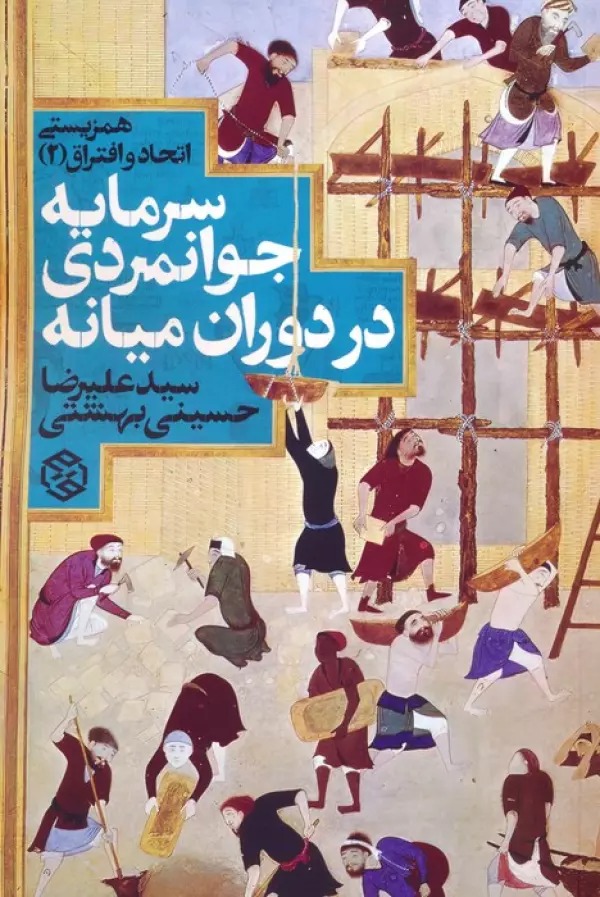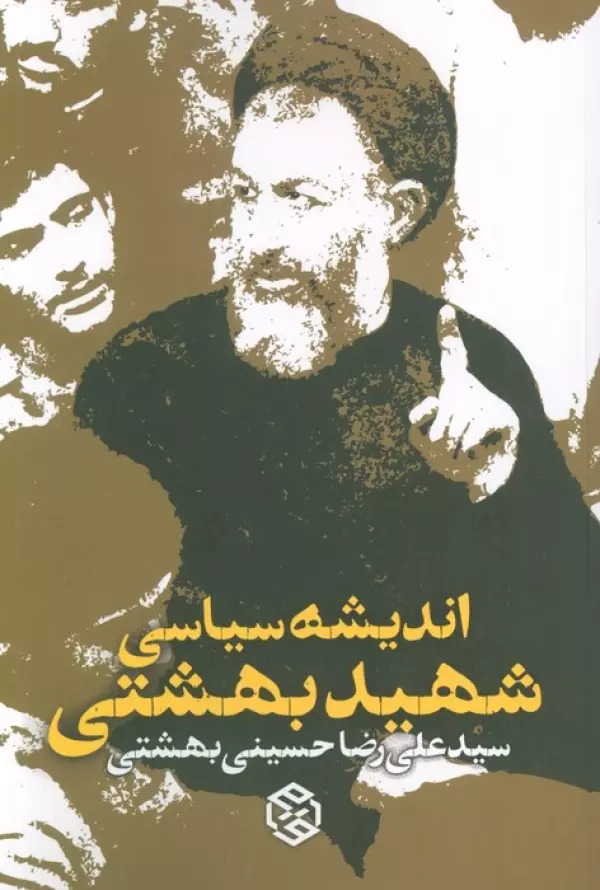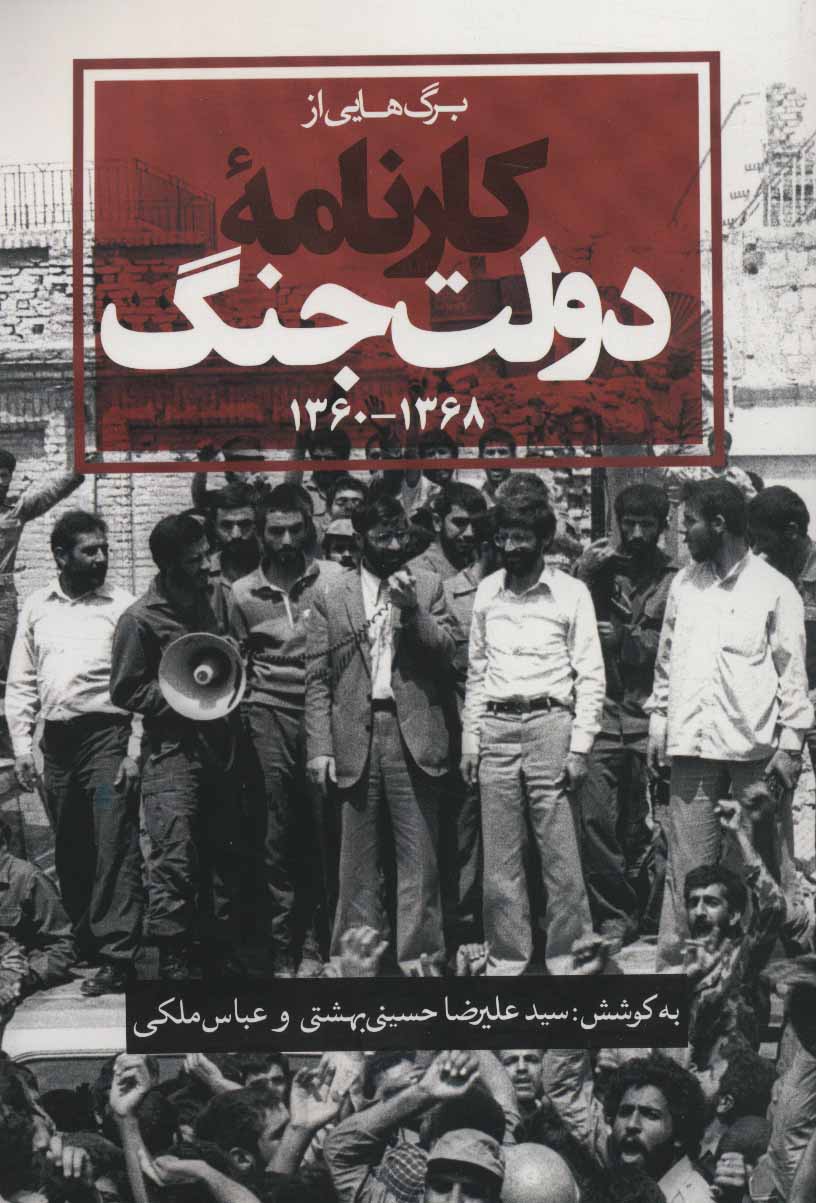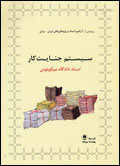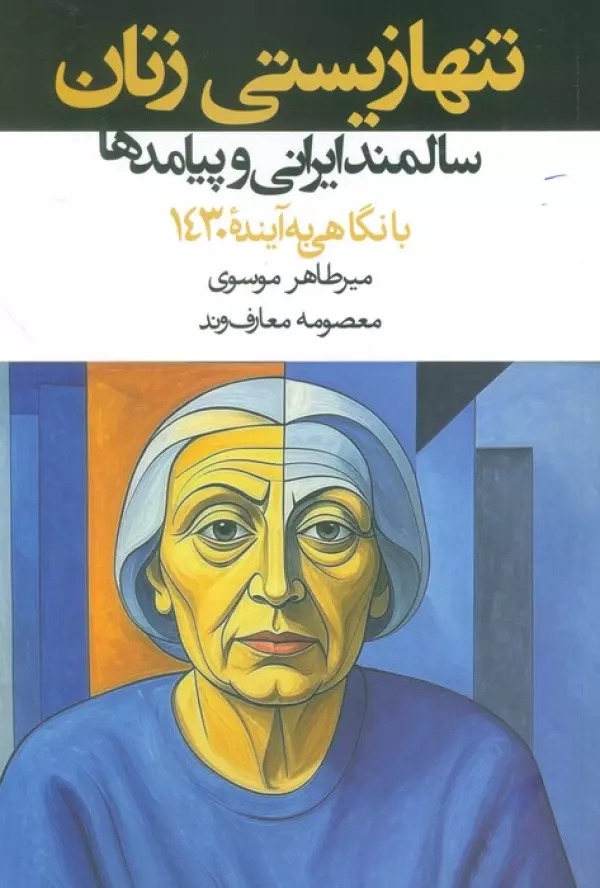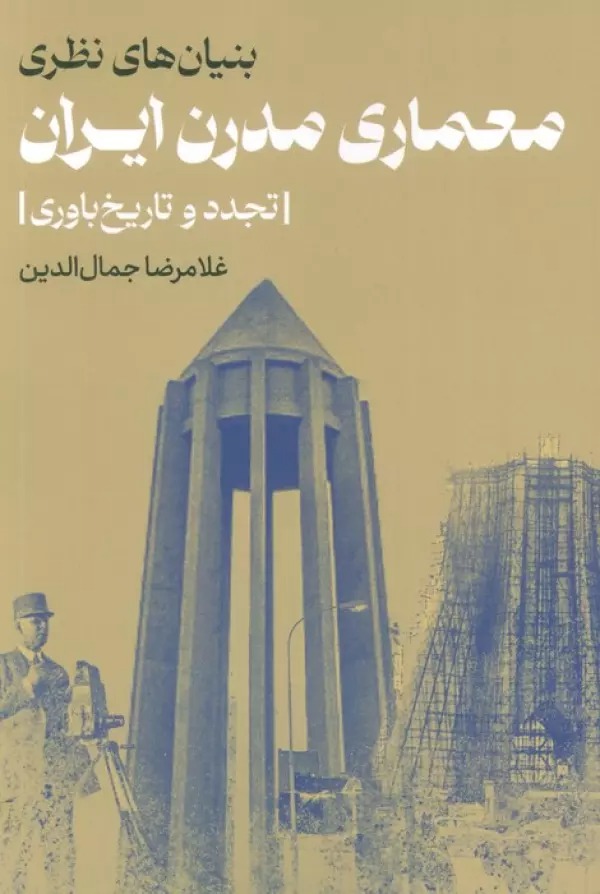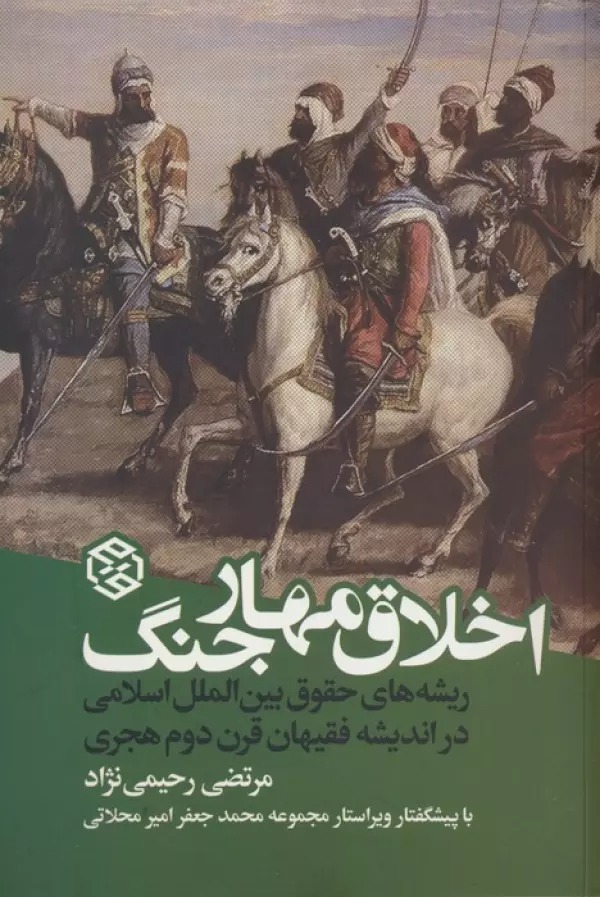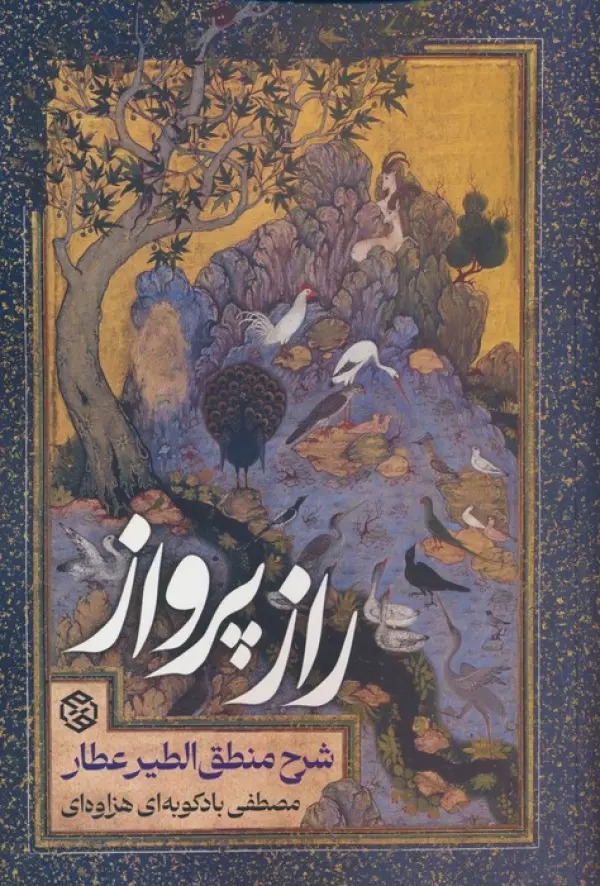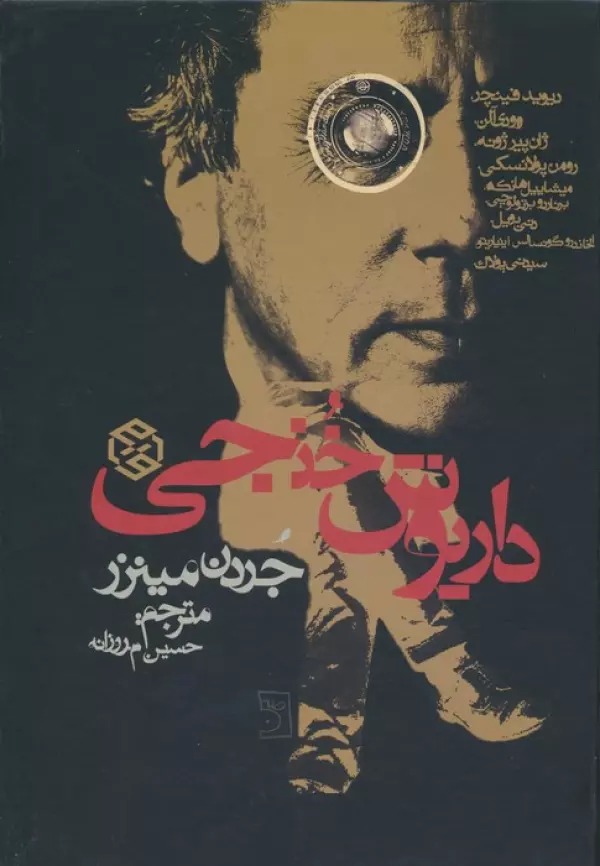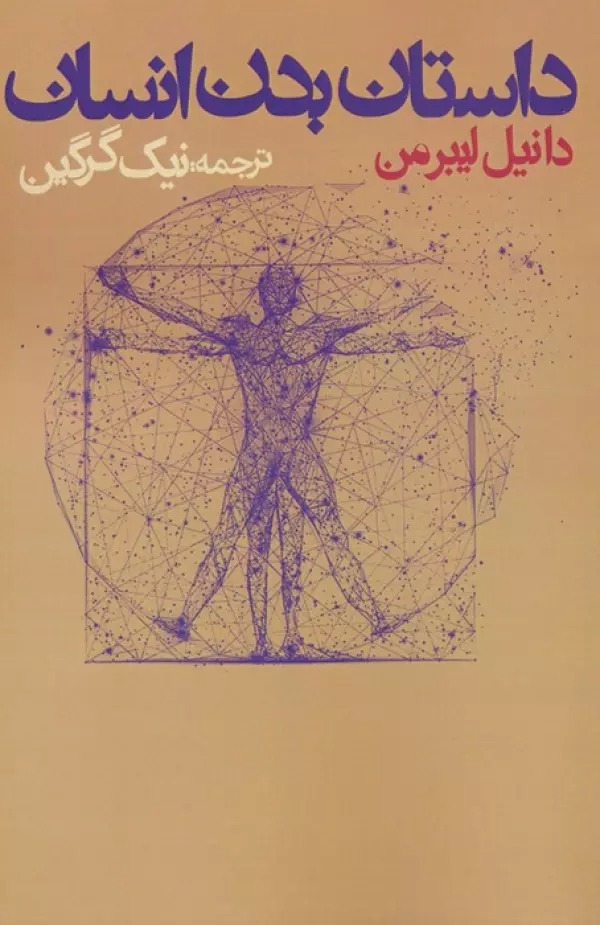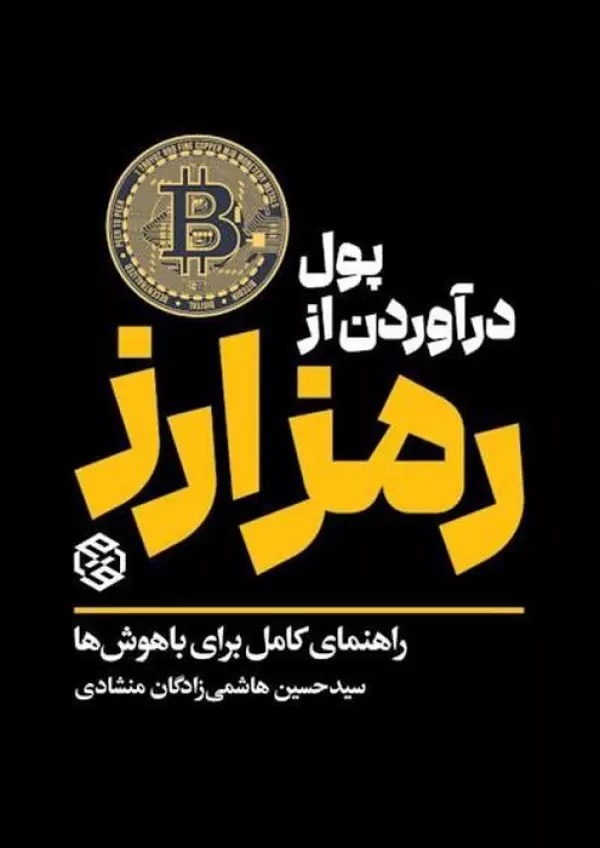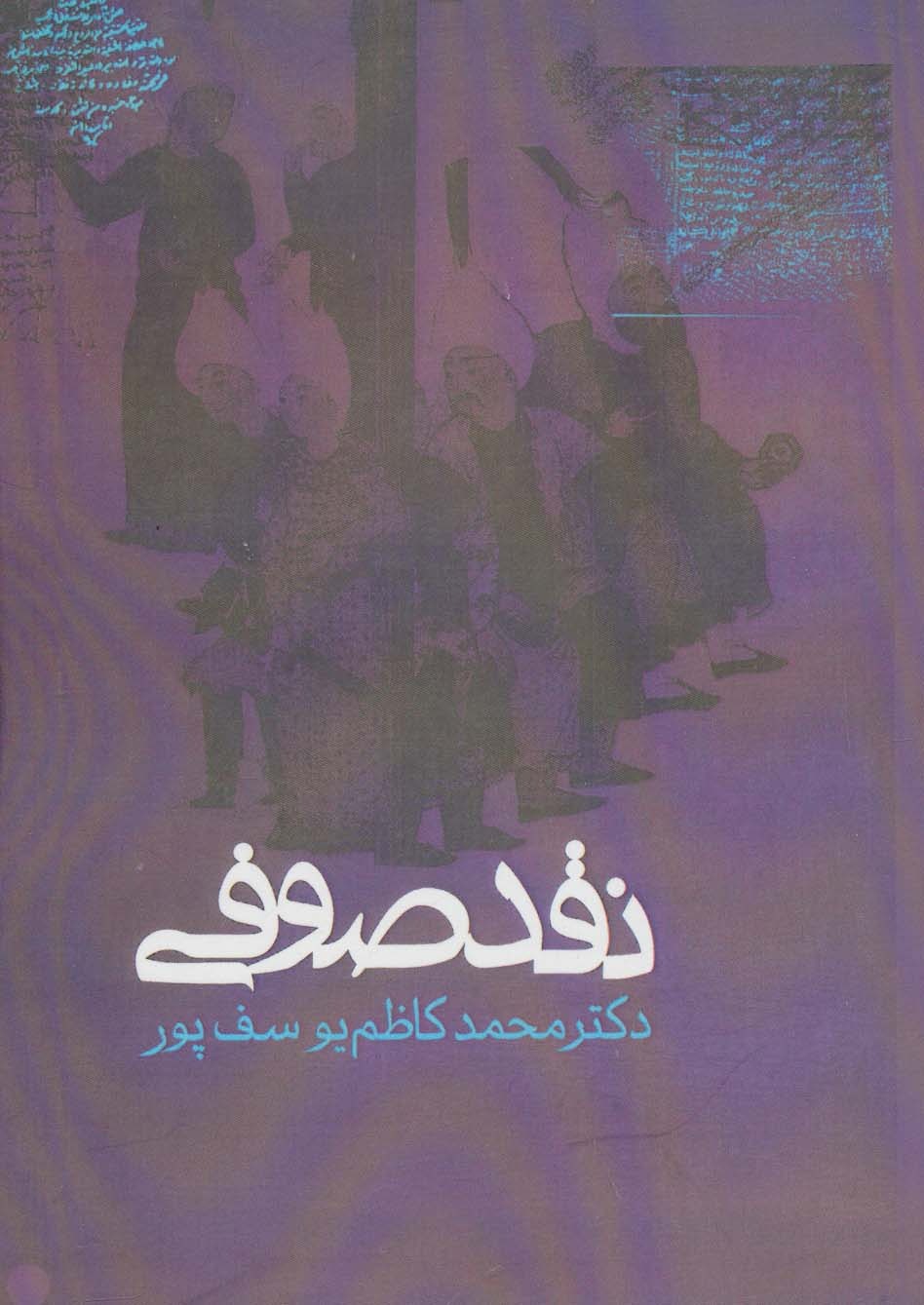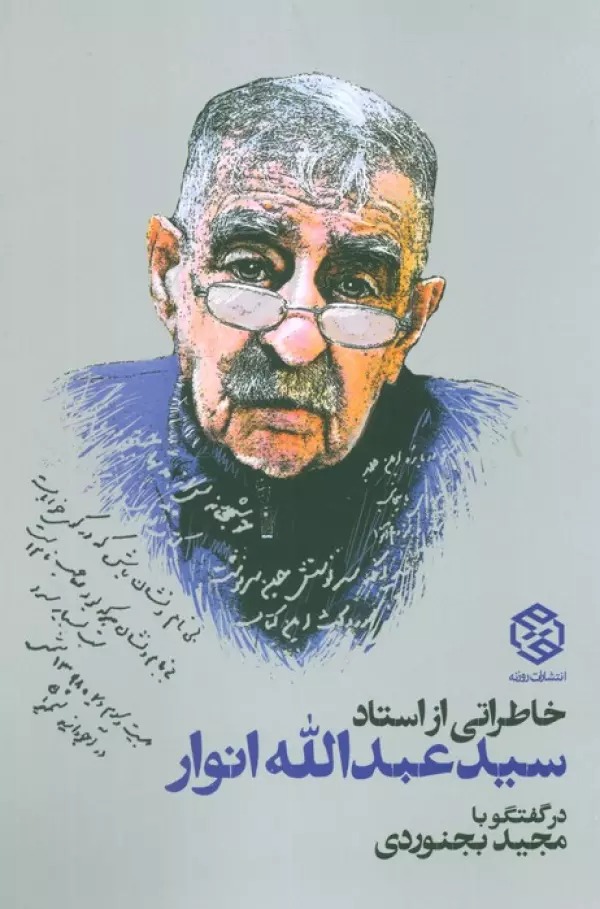Sarmāyah-yi Javānmardī dar Dawrān-i Mīyānah: Hamzīstī, Ittiḥād va Iftirāq 2: Persiska (Farsi) 1403
سرمایه جوانمردی در دوران میانه: همزیستی، اتحاد و افتراق 2
154 SEK
Dela
Wishlist
By studying historical sources and literary texts that help us understand medieval societies, we obtain a fascinating picture of social cooperation networks that were formed in both the Christian West and the Islamic East, relying on the moral customs and traditions of those societies: the young men of the sword (in the West, knights, and in the East, the knights/soldiers); the young men of the temple (in the West, the monks, and in the East, the residents of the monasteries); and the young men of the guilds (in the West, the unions of craftsmen and merchants, and in the East, the guilds and associations of the nobility). These cooperation networks often operated independently of governments, and perhaps it was thanks to their existence that the cohesion and existence of societies were less shaken by the circulation of power and the coming and going of dynasties of kings and emirs, and the shifting centers of political power. In this book, we want to see if we can find, throughout history, communities whose strong bonds kept their members together and distinguished them from others, without preventing them from establishing broad moral and social ties with the larger society. In other words, were there any popular organizations that benefited from abundant intra-group social capital and at the same time were not deprived of the relational social capital derived from interaction with other parts of society? What made some of these organizations able to establish such a balance between internal and external relations, while others were left without it? If we consider the origin of this difference to be the difference in the system of social customs and moral rules, what differences and similarities did the moral foundations of social capital have in the society of the Middle Ages in the West or the contemporary Islamic East, and what were its practical consequences in the formation of this type of social capital in those two cultural realms? And finally, we can ask that despite the many similarities in this historical period, with the arrival of modern culture, what caused the separation of these two civilizational areas?
more
با مطالعهی منابع تاریخی و متون ادبی که ما را در شناخت اجتماعات دوران میانه یاری میدهند، تصویری شگفتانگیز از شبکههای همیاری اجتماعی بهدست میآید که چه در غرب مسیحی و چه در شرق اسلامی، با تکیه بر آداب اخلاقی و سنن آن جوامع شکل گرفته بودند: جوانمردان شمشیر (در غرب شوالیهها و در شرق ایاران/ عیّاران)؛ جوانمردان عبادتگاه (در غرب دیرنشینان و در شرق اهالی خانقاهها)؛ و جوانمردان اصناف (در غرب اتحادیههای پیشهوران و بازرگانان و در شرق اصناف و انجمنهای فتوّت). این شبکههای همیاری غالبا مستقل از حکومتها فعالیت داشتند و شاید بهیُمن وجود آنها بود که با تداول قدرت و رفت و آمد سلسلههای پادشاهان و امیران و جابجایی کانونهای قدرت سیاسی، انسجام و موجودیت جوامع کمتر دچار تزلزل میشد. در این کتاب میخواهیم ببینیم آیا میتوان در لابهلای صفحات تاریخ جماعتهایی را سراغ گرفت که پیوندهای مستحکم اعضایش را در کنار یکدیگر قرار میداد و از دیگران متمایز میکرد، آنها را از برقراری پیوندهای اخلاقی و اجتماعی گسترده با جامعه بزرگتر باز نمیداشت؟ به بیان دیگر، آیا تشکلهایی مردمی وجود داشت که از سرمایهی اجتماعی درونگروهی فراوان بهره ببرند و درعینحال از سرمایهی اجتماعی ارتباطی حاصل از تعامل با بخشهای دیگر جامعه نیز محروم نباشند؟ چه چیز باعث میشد برخی از این تشکلها قادر به برقراری چنین موازنهای بین روابط درونی و روابط بیرونی باشند و تشکلهای دیگر از آن بیبهره بمانند؟ اگر منشا این تفاوت را اختلاف منظومهی آداب و عادات اجتماعی و قواعد اخلاقی بدانیم، زیربناهای اخلاقی سرمایهی اجتماعی در جامعهی دوران میانهی مغربزمین یا شرق اسلامی معاصر آن چه تفاوتها و شباهتهایی داشته و پیامدهای عملی آن در شکلگیری این نوع سرمایهی اجتماعی در آن دو قلمرو فرهنگی چه بوده است؟ و سرانجام میتوان پرسید که با وجود شباهتهای بسیار در این برههی تاریخی، با از راه رسیدن فرهنگ تجدد، چه چیز باعث جدایی این دو حوزهی تمدنی از یکدیگر شده است؟
more

